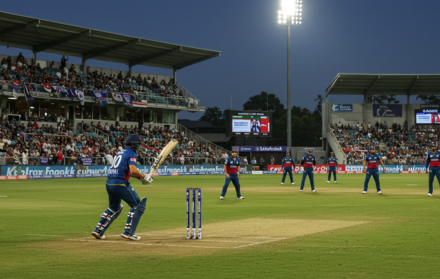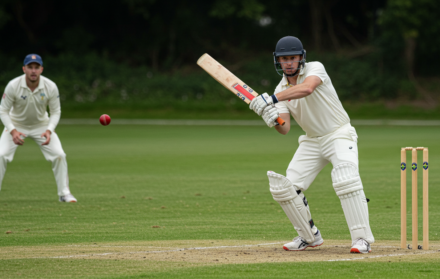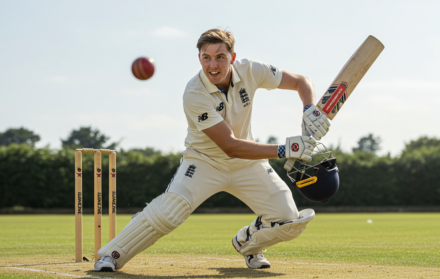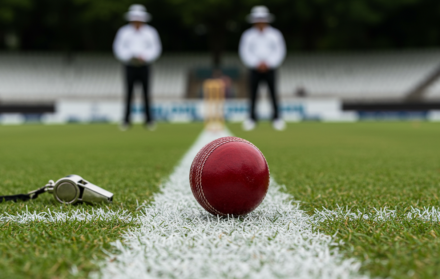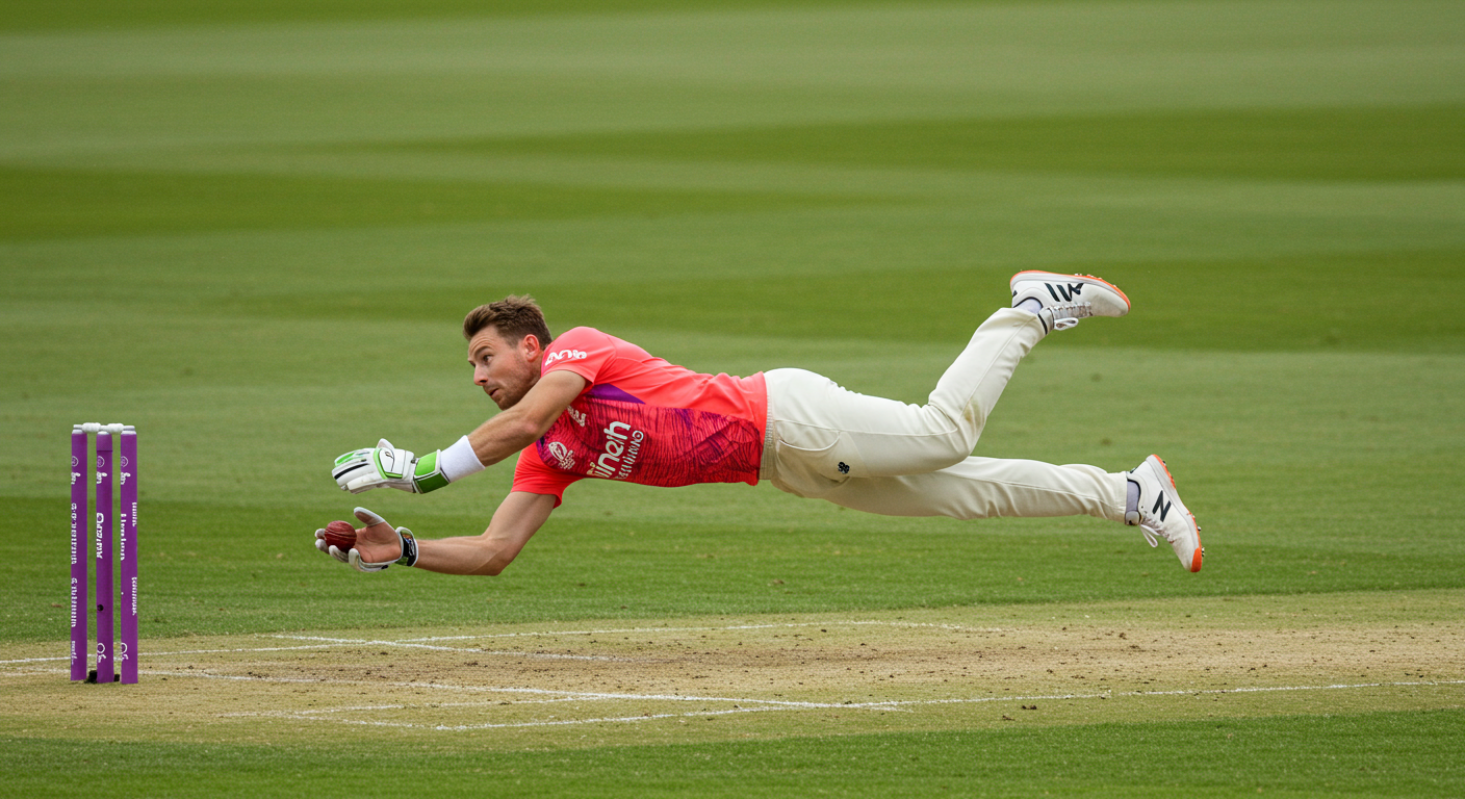
What are the 20 fielding positions in cricket?
Cricket is often seen as a battle between bat and ball, but fielding is the third and often underrated component that influences every match. One misfield can shift momentum. One sharp catch can turn a game around. Behind these actions lies strategy — and that starts with field placement.
Knowing the different fielding positions in cricket is vital not just for players, but also for fans who want to understand the ebb and flow of the game. Each position serves a purpose, whether it’s building pressure, taking catches, saving boundaries, or stopping quick singles.
Let’s explore the 20 key fielding positions, starting with the basics and working our way into specific roles that shape the outcome of every delivery.
1. Understanding the Basics of Cricket Fielding Positions
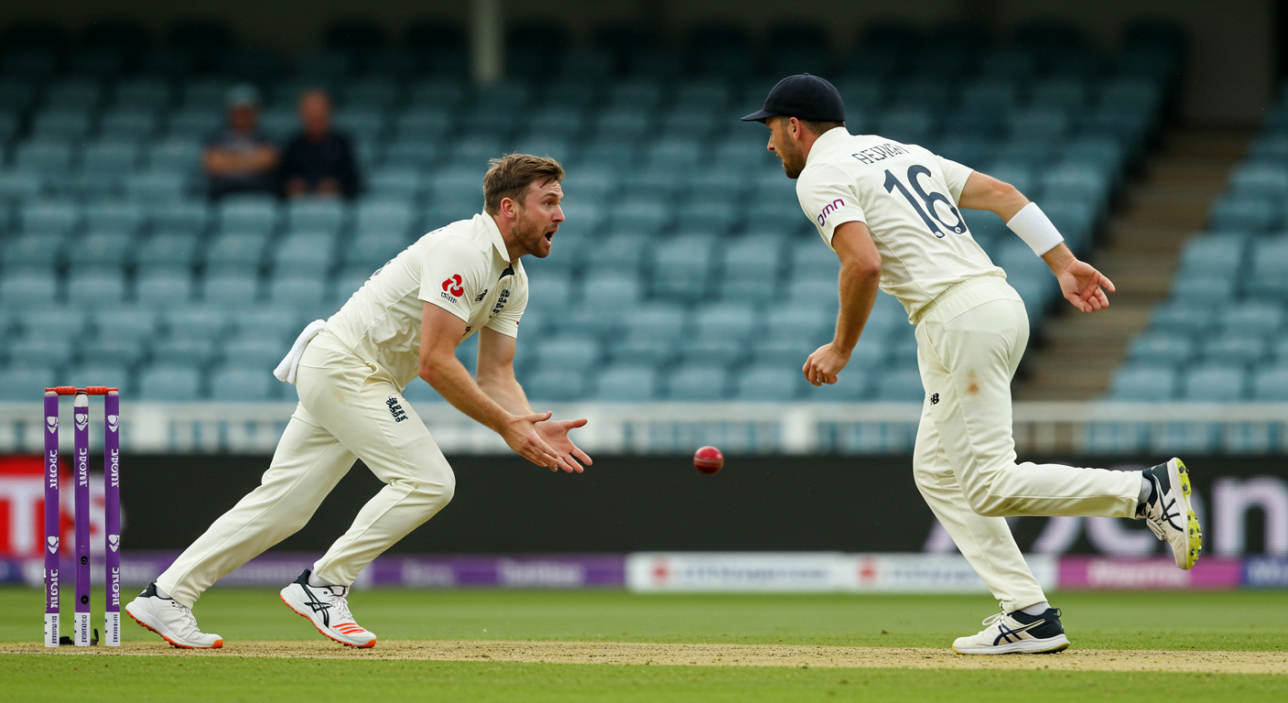
The cricket field is an oval or circular shape with a 22-yard pitch at its center. Around this pitch, the field is divided into two key sides based on the batter’s stance:
-
Off Side: The side facing the batter’s front
-
Leg Side (or On Side): The side behind the batter
Depending on whether the batter is right-handed or left-handed, these sides flip, but the fielding names remain consistent — the captain and players adjust their positions accordingly.
Basic Zones:
-
Close-in field: Positions near the bat, used for catching
-
Infield: Inside the 30-yard circle, used for saving runs
-
Outfield: Near the boundary, primarily for stopping fours and sixes
The placement of fielders depends on many factors: the bowling type, batter’s strengths, match situation, and the format being played.
2. Key Close-In Fielding Positions
Close-in fielders are positioned near the batter, often within a few meters. These are the most dangerous but also the most exciting roles in cricket, especially in Test matches where catching edges or putting pressure is vital.
a. Slip
-
Stands just behind the batter on the off-side, angled to catch edges.
-
Multiple slips may be used (first slip, second slip, etc.)
-
Common against fast bowlers early in the innings.
b. Leg Slip
-
Same as a slip but on the leg side.
-
Used sparingly since leg-glance edges are rarer.
c. Gully
-
Positioned between point and slip.
-
Catching position for square edges, especially off seamers.
d. Silly Point
-
Just a few feet away from the batter on the off-side.
-
Used mostly against spin bowlers.
-
Reacts to soft defensive strokes or bat-pad edges.
e. Short Leg
-
Similar to silly point but on the leg-side.
-
Helmeted and crouched close to the batter, watching for bat-pad chances.
f. Bat Pad
-
A term sometimes used interchangeably with short leg.
-
Positioned to catch the ball that hits bat and pad.
These fielders must have sharp reflexes and no fear of the ball, as the action comes quickly with minimal reaction time.
3. Core Infield Positions
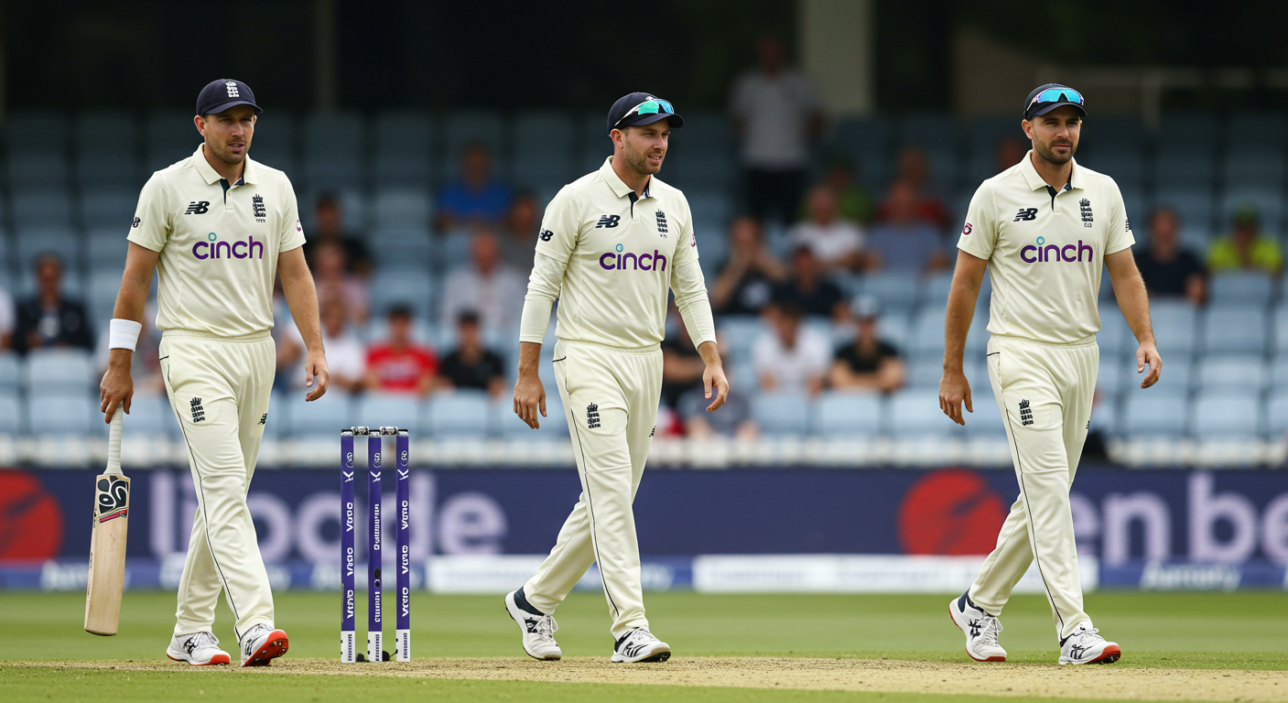
Infielders are placed inside the 30-yard circle. Their job is to stop singles, cut off drives, and occasionally take sharp catches. These are some of the most commonly used positions in all formats of the game.
a. Point
-
Stands square on the off-side.
-
Very active position, often fielding cuts and square drives.
-
Quick reflexes needed.
b. Cover
-
Located in front of point, more towards extra cover.
-
Fields drives on the off-side.
-
Common catching zone in ODIs and T20s.
c. Mid Off
-
Straight, on the off-side, just in front of the bowler.
-
Saves straight drives and pushes.
-
Strategic for stopping singles.
d. Mid On
-
Mirrored to mid off but on the leg side.
-
Also deals with straight hits.
-
Often patrolled by experienced players.
e. Midwicket
-
Between mid on and square leg, on the leg side.
-
Covers flicks and on-drives.
-
Critical for cutting off quick singles.
f. Square Leg
-
Positioned 90 degrees to the batter on the leg side.
-
Fields leg glances and sweeps.
-
Often umpire stands near this zone.
These roles are physically demanding, requiring lots of diving, quick pickups, and accurate throws to prevent runs.
4. Common Outfield Positions
The outfield is where boundary-saving heroes live. In T20 cricket, these players are constantly in action, sprinting and sliding to stop fours and catch lofted shots. Let’s look at some of the main outfield fielding positions in cricket.
a. Third Man
-
Behind the wicketkeeper on the off-side.
-
Ideal for catching thick outside edges.
-
Used for defensive fielding in ODIs.
b. Deep Point
-
Wide off the batter, near the boundary.
-
Stops cut shots and square drives.
c. Deep Cover
-
Between deep point and long off.
-
Important in T20s to save big hits.
d. Long Off
-
Straight and on the off-side boundary.
-
Fields lofted drives.
-
Crucial in limited-overs cricket.
e. Long On
-
Mirrored to long off, but on the leg side.
-
Commonly targeted in power-hitting.
f. Deep Midwicket
-
Between long on and square leg.
-
Popular zone for slog sweeps and on-side shots.
g. Deep Square Leg
-
Behind square leg, near the boundary.
-
Fields hooks, sweeps, and pulls.
h. Fine Leg
-
Behind square on the leg side, near the rope.
-
Catches glanced deliveries and hooks.
Outfielders need good judgment, sprint speed, and strong throwing arms. Boundary catches often turn matches.
5. Fielding Roles Always in Play
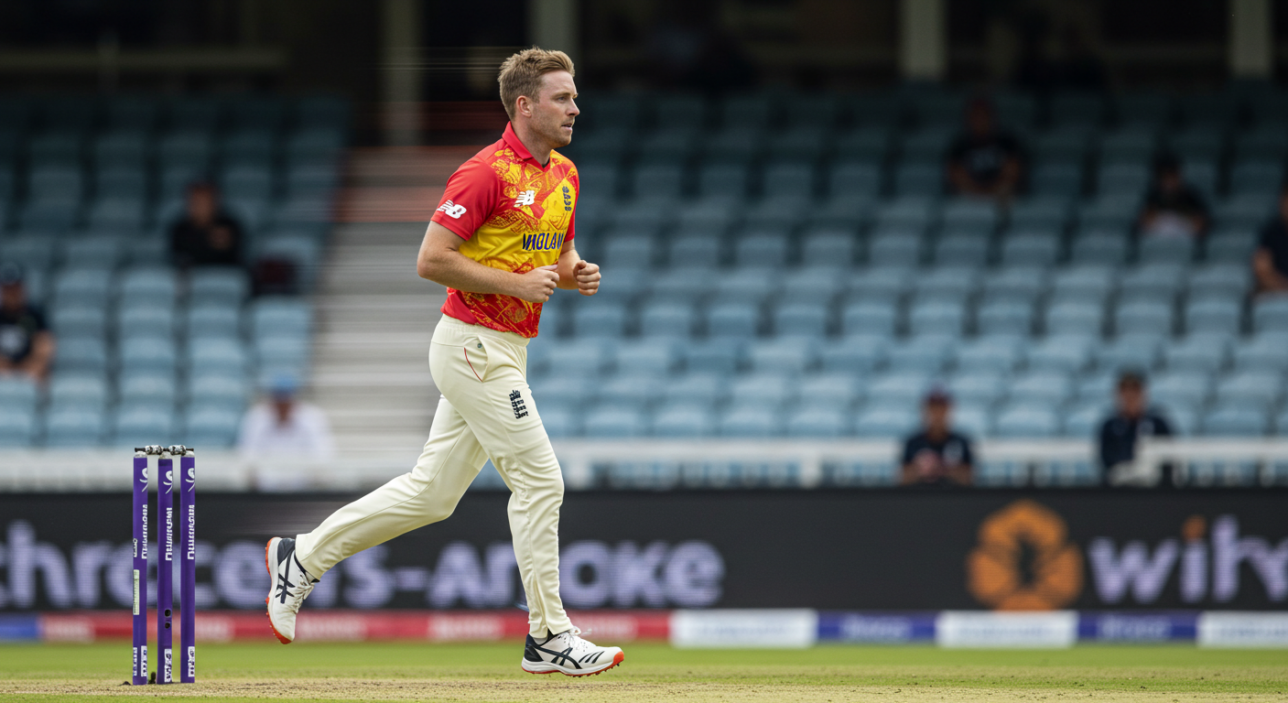
Besides the traditional fielding positions, a few roles always exist in every innings, no matter the situation.
a. Wicketkeeper
-
Positioned directly behind the stumps at the batter’s end.
-
Handles edges, stumpings, and takes throws from fielders.
-
Must be alert for every delivery.
b. Bowler
-
After delivering the ball, the bowler becomes a fielder.
-
Covers straight drives and reacts to deflections.
-
Often initiates run-outs.
c. Sweeper
-
Covers large outfield regions between two deep positions.
-
Used commonly in limited-overs cricket.
d. Rover (or Floating Fielder)
-
A flexible fielder whose position is rotated based on the batter.
-
Used when a captain wants to plug a specific scoring area.
6. How Field Placements Change by Match Format
The use of fielding positions in cricket is heavily influenced by the format being played. Let’s examine how Test matches, One-Day Internationals (ODIs), and Twenty20 (T20) games handle field placements.
a. Test Cricket
-
Captains often use attacking fields early in the innings: multiple slips, gully, short leg, and silly point.
-
Positions are closer to the bat to encourage mistakes and take catches.
-
As the game progresses, especially if bowlers tire or conditions change, defensive fields emerge — deep point, sweeper cover, and more boundary protection.
b. One-Day Internationals (ODIs)
-
Powerplay rules restrict how many fielders can be outside the 30-yard circle.
-
During first 10 overs: Only two fielders allowed outside.
-
Between overs 11-40: Four fielders permitted.
-
Overs 41-50: Up to five fielders allowed outside.
This encourages scoring early, while fielders are brought in close. After that, deep positions like long on, deep cover, and third man are deployed more often.
c. T20 Cricket
-
Extremely dynamic and fast-paced.
-
Fielders are placed to protect boundaries: deep square leg, deep midwicket, long off, long on, third man, and fine leg are near mandatory.
-
Fielding changes almost every ball depending on batter strength, fielding restrictions, and game tempo.
Understanding these changes is vital for captains and coaches to build effective fielding strategies in each format.
7. How Fielding Positions Differ for Left and Right-Handed Batters
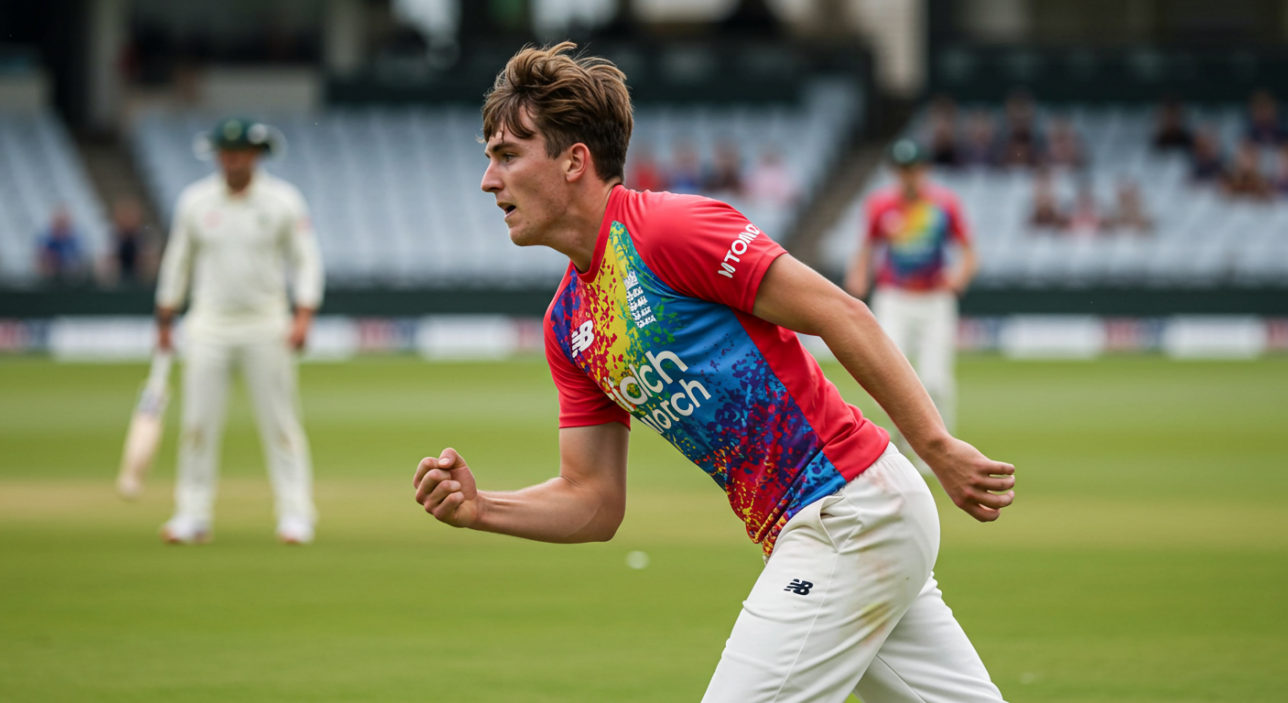
Batter handedness plays a major role in fielding setup.
For a right-handed batter:
-
Off-side is to the right of the bowler (from the batter’s point of view).
-
Leg-side is to the left.
For a left-handed batter:
-
Off-side is to the left.
-
Leg-side is to the right.
Effects of Handedness:
-
Slip, gully, point, and cover are placed according to the off-side orientation.
-
Square leg, midwicket, and fine leg are leg-side positions and need to flip sides when a left-hander is on strike.
-
Bowlers might adjust their lines to target weaknesses (e.g., wide lines to off-side), and captains move fielders accordingly.
Teams that rotate positions quickly between balls are usually more tactically sound and disciplined.
8. Common Field Setting Strategies
Different match situations call for different fielding philosophies. Here are the three main types:
a. Attacking Fields
Used when:
-
Bowlers are trying to take wickets.
-
Pitch conditions favor swing or spin.
-
New batter is on strike.
Typical placements:
-
Two to four slips
-
Gully
-
Short leg or silly point
-
Mid-off and mid-on pushed up
b. Defensive Fields
Used when:
-
Opposition is scoring freely.
-
Bowler is tired or ineffective.
-
Captain wants to slow the game down.
Typical placements:
-
Deep cover, deep midwicket
-
Long on, long off
-
Third man, fine leg
-
No slips or gully
c. Balanced or Mixed Fields
Used when:
-
Game is finely balanced.
-
Captain wants to both contain runs and keep wicket-taking opportunities alive.
These might feature:
-
One slip
-
Deep square leg
-
Mid-off and cover
-
Deep point
Captains mix and match to create unique pressure zones. For instance, keeping a square leg and deep midwicket for a batter who sweeps often.
9. Fielding Positions Table
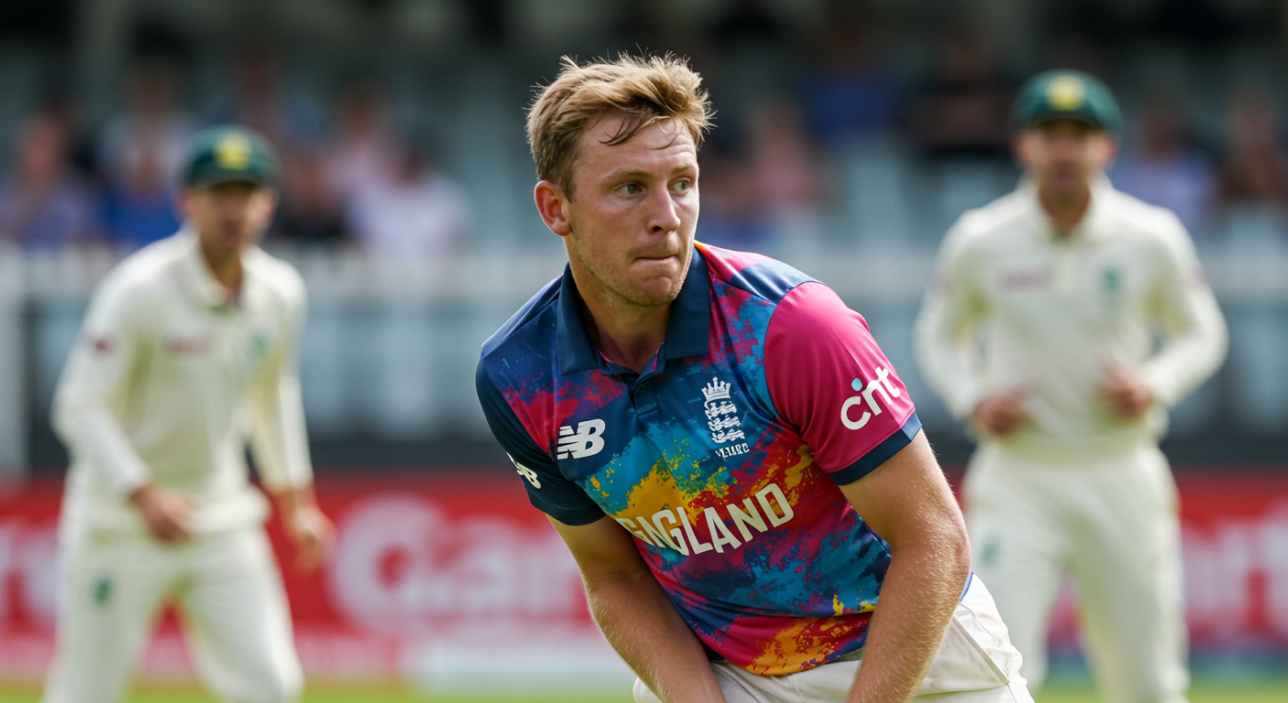
Here is a simple overview of the 20 fielding positions and their typical use:
| Position | Zone | Purpose |
|---|---|---|
| Slip | Close-in | Catching edges from fast bowlers |
| Leg Slip | Close-in | Rare; catches leg-side edges |
| Gully | Close-in | Off-side deflection catcher |
| Silly Point | Close-in | Short off-side, vs spin |
| Short Leg | Close-in | Leg-side close, vs spin |
| Bat Pad | Close-in | For bat-pad catches |
| Point | Infield | Stops cuts, square drives |
| Cover | Infield | Stops cover drives |
| Mid Off | Infield | Straight off-side balls |
| Mid On | Infield | Straight leg-side balls |
| Midwicket | Infield | Flicks and on-drives |
| Square Leg | Infield | Glances, sweeps |
| Third Man | Outfield | Behind slip cordon, cuts/edges |
| Deep Point | Outfield | Deep square boundary |
| Deep Cover | Outfield | Deep off-side field |
| Long Off | Outfield | Deep straight off-side |
| Long On | Outfield | Deep straight leg-side |
| Deep Midwicket | Outfield | On-side boundary protection |
| Deep Square Leg | Outfield | Deep behind square on leg side |
| Fine Leg | Outfield | Behind square, leg-side boundary |
Final Thoughts: Mastering Fielding Positions in Cricket
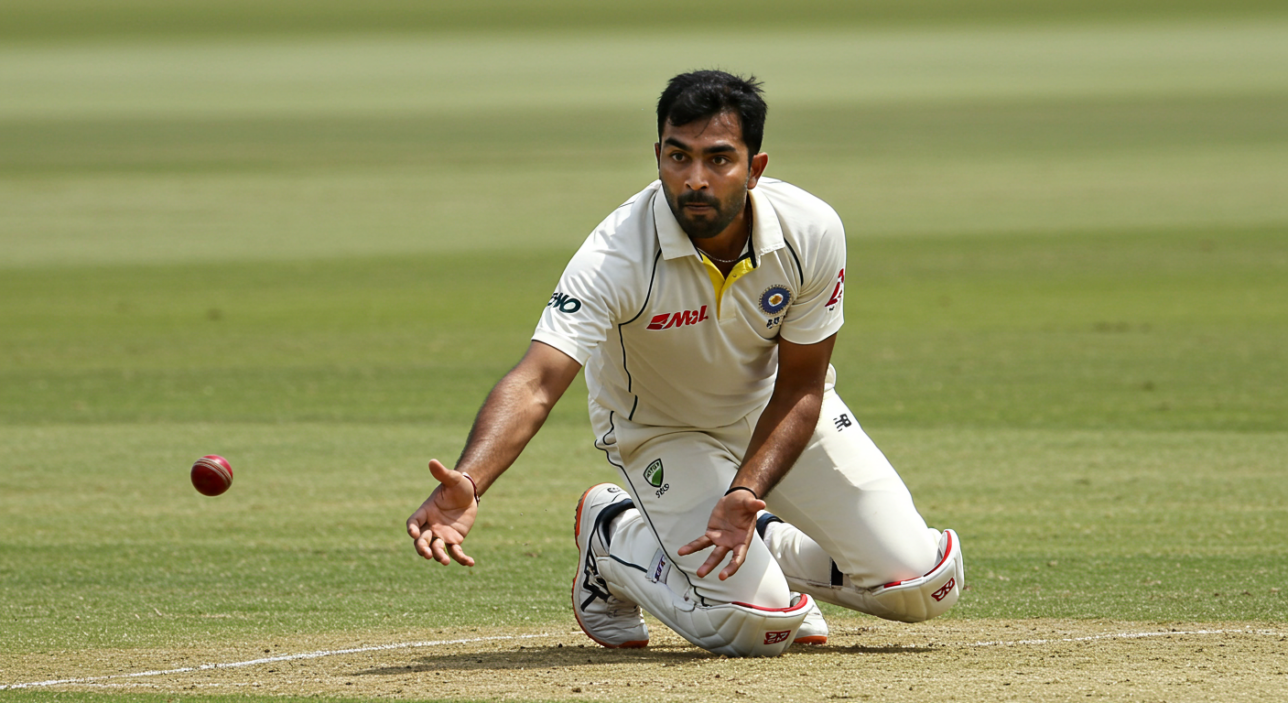
The depth and nuance of cricket strategy come alive in field placements. Fielding positions in cricket are far more than just arbitrary names — they are battle formations.
Learning these roles builds awareness of the game’s structure. For aspiring cricketers, understanding positioning helps in anticipating plays and adjusting swiftly between deliveries. For spectators, it reveals the chess-like nature of cricket, where captains and batters outmaneuver each other.
Each of the 20 positions has a specific tactical value. The more you understand them, the more the field becomes a canvas of strategy, anticipation, and precision.
Frequently Asked Questions
What are the most important fielding positions in cricket?
Slip, point, cover, mid off, and mid on are among the most used across all formats. Their usage varies depending on the bowler and match context.
What is the difference between point and cover?
Point stands square of the wicket, while cover is more in front of the batter. Point fields cuts, and cover handles off-side drives.
Why are there multiple slips?
Multiple slips are used to increase the chance of catching edges, especially early in an innings or with a swinging ball.
Do fielding positions change every over?
They can change every over, or even every ball. Changes depend on the batter, match situation, and bowling plan.
Can the same player field in different spots during a match?
Yes. Fielders rotate frequently depending on energy, skillset, and tactical needs. However, some specialists (like slip fielders or wicketkeepers) are kept in consistent roles.

